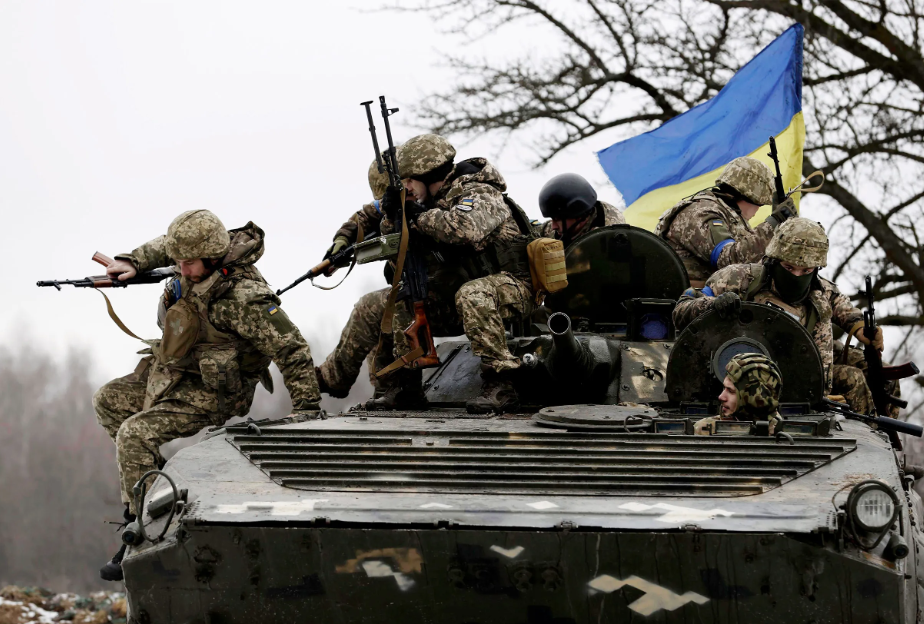
Introduction: The Geopolitical Reality of War in Ukraine
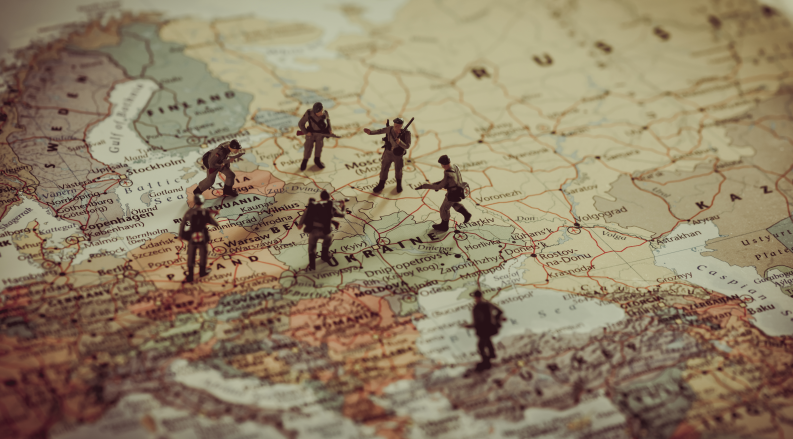
Since Russia’s full-scale invasion of Ukraine in February 2022, European nations have faced one of their greatest security challenges in decades. This war has tested Ukraine’s resilience and reshaped Europe’s defence strategies, compelling countries to reassess their military capabilities, alliances, and deterrence policies.
Supporting Ukraine goes beyond humanitarian aid or economic sanctions—it requires a comprehensive, long-term defence strategy to ensure Ukraine’s ability to resist aggression while securing European stability. European nations, both individually and through alliances such as NATO and the European Union (EU), have taken significant steps to strengthen Ukraine’s defence. However, challenges remain, particularly in balancing military support, economic constraints, and geopolitical risks.
This article explores Europe’s defence strategies in aiding Ukraine, focusing on military, economic, and diplomatic initiatives while analyzing the broader implications for European security.
Strengthening Military Support: Weapons, Training, and Logistics
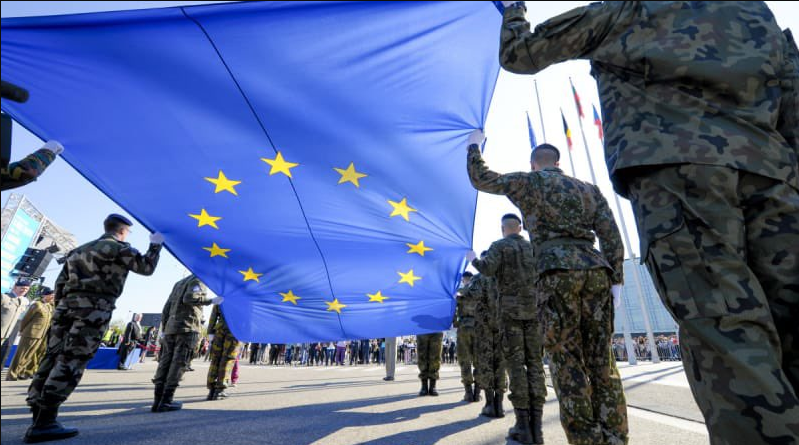
One of the most critical aspects of Europe’s defence strategy has been the provision of military aid to Ukraine. This support has evolved over time, from initial shipments of small arms and ammunition to the delivery of advanced weaponry and training programs.
Advanced Weapons Systems
At the start of the war, European nations hesitated to send heavy weaponry, fearing escalation. However, as the conflict intensified, countries such as Germany, France, and the United Kingdom provided Ukraine with advanced military equipment, including:
- Leopard 2 and Challenger 2 tanks – Enhancing Ukraine’s ground combat capabilities.
- HIMARS and long-range missiles – Allowing Ukraine to strike Russian positions deep behind the front lines.
- Air defence systems (NASAMS, IRIS-T, Patriot) – Strengthening Ukraine’s ability to counter missile attacks.
Despite these contributions, Ukraine continues to request additional advanced weaponry, including fighter jets and long-range missiles, to gain a strategic advantage.
Training Ukrainian Forces
European nations have played a key role in training Ukrainian soldiers, equipping them with modern combat tactics. The EU launched the EU Military Assistance Mission for Ukraine (EUMAM) to train 30,000 troops, while the UK-led Operation Interflex provided specialized combat training.
Logistics and Maintenance Support
Delivering weapons is only part of the equation—maintaining them is equally crucial. European nations have set up repair hubs in Poland and Slovakia to ensure Ukraine’s Western-supplied military equipment remains operational, a critical factor in sustaining Ukraine’s war efforts.
Economic and Industrial Mobilization for Defence
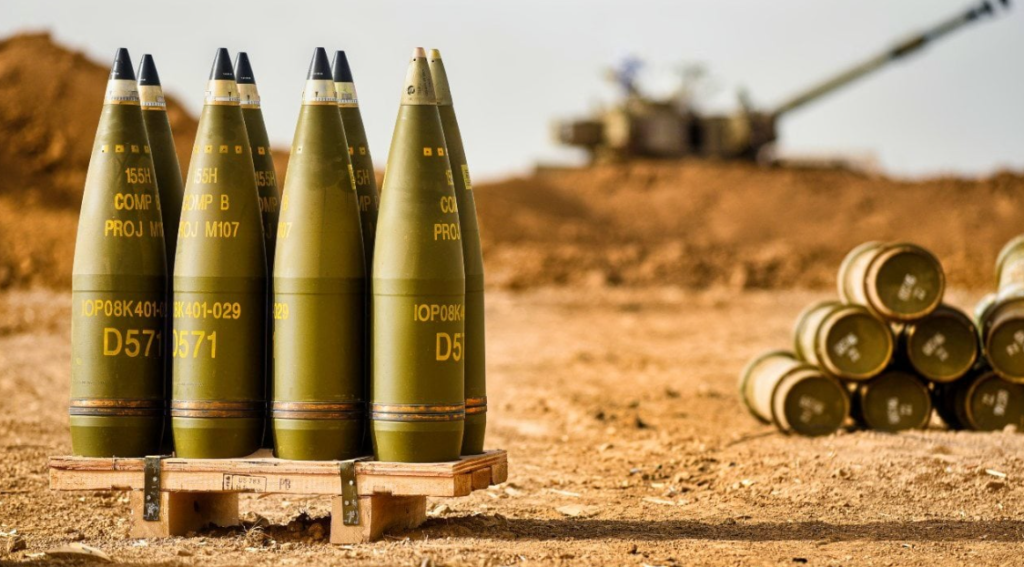
While military aid is essential, the war has also exposed weaknesses in Europe’s defence production capacity, as stockpiles of ammunition and weapons have rapidly depleted.
Boosting Defence Production
To address shortages, the European Defence Agency (EDA) and individual nations have ramped up arms production. The Act in Support of Ammunition Production (ASAP) aims to increase the manufacturing of artillery shells, which are vital for Ukraine’s frontline operations.
European defence companies have expanded the production of:
- Ammunition and artillery shells
- Armoured vehicles
- Drones and electronic warfare systems
Financial Assistance and Sanctions Against Russia
Economic support plays a crucial role in Europe’s strategy. The EU has provided over €85 billion in financial and military aid to Ukraine, ensuring the country can sustain its war effort.
Additionally, Europe has imposed stringent economic sanctions on Russia, targeting:
- Oil and gas exports – Cutting Russia’s primary source of revenue.
- Banking and financial sectors – Restricting Russia’s access to international markets.
- Technology exports – Limiting Russia’s ability to produce advanced weaponry.
However, enforcing these sanctions remains a challenge, with some nations continuing indirect trade with Russia. This has led to ongoing debates within the EU about stricter economic measures.
Strengthening NATO and European Security
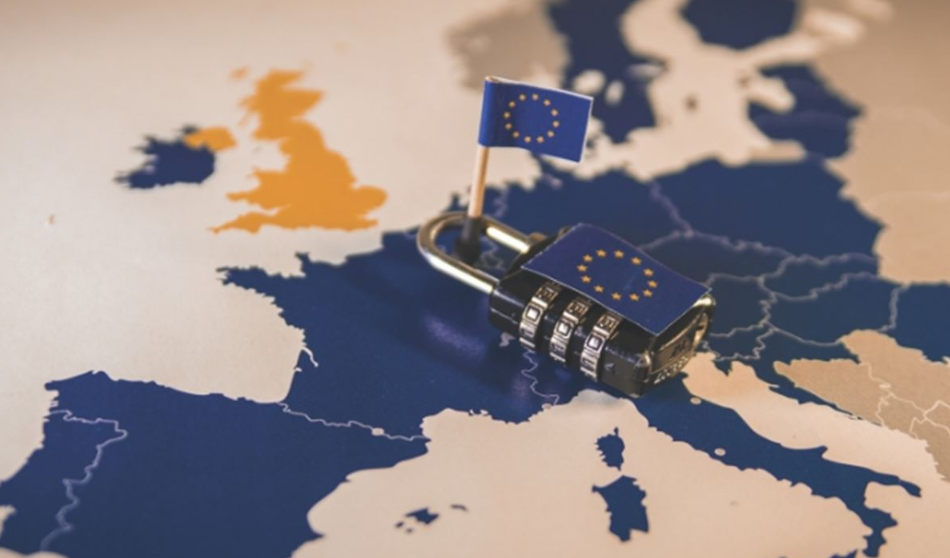
The war in Ukraine has reinforced the importance of NATO’s role in European security. While NATO itself is not directly involved in the conflict, its members have significantly bolstered their military presence in Eastern Europe.
Reinforcing Eastern Europe
Countries such as Poland, Romania, and the Baltic states have received increased NATO deployments, including:
- New battlegroups and forward deployments
- Missile defence systems
- Enhanced air policing missions
These measures are aimed at deterring any potential Russian aggression beyond Ukraine.
Expanding European Defence Cooperation
Beyond NATO, the EU has also taken steps to enhance defence cooperation. The Strategic Compass, adopted in 2022, outlines Europe’s plan to strengthen joint military capabilities, crisis response, and defence investments.
The war has accelerated discussions about forming a European Defence Union, reducing reliance on U.S. military support in the long term.
The Political and Diplomatic Dimensions
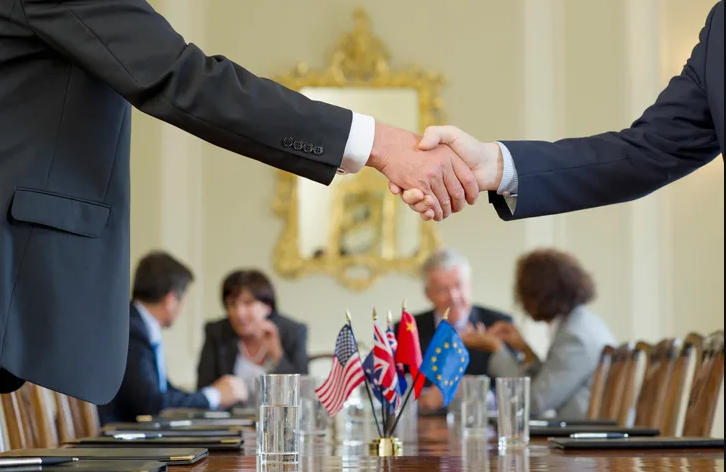
While military and economic support are crucial, European nations have also engaged in diplomatic efforts to isolate Russia and rally international backing for Ukraine.
Diplomatic Pressure on Russia
Europe has led international efforts at the United Nations, G7, and other diplomatic platforms to:
- Advocate for sanctions against Russia
- Condemn Russian aggression
- Encourage global support for Ukraine
However, convincing countries like China, India, and some African nations to take a stronger stance against Russia has proven difficult.
The Future of Peace Talks
While Europe fully supports Ukraine’s sovereignty, there is ongoing debate over whether negotiations with Russia should be pursued. Some European leaders advocate for continued military resistance, while others suggest that diplomacy could play a role in ending the conflict.
Any potential peace talks would likely depend on battlefield developments and whether Russia is willing to engage in meaningful negotiations.
Conclusion: The Long Road Ahead
Europe’s defence strategies in aiding Ukraine have been extensive, encompassing military support, economic sanctions, and diplomatic pressure. However, the war is far from over, and the future remains uncertain.
Key challenges for Europe moving forward include:
- Sustaining military aid without depleting its own stockpiles.
- Expanding defence production to meet long-term needs.
- Maintaining unity within the EU and NATO amid political and economic pressures.
- Preparing for post-war security arrangements in Europe.
Despite these challenges, Europe’s commitment to Ukraine remains firm. The outcome of this war will not only determine Ukraine’s future but also shape the security landscape of Europe for decades to come.
